License plates, also called "tags" or "plates," have a unique history. The pioneer for official state-issued license plates was Massachusetts in 1906. But New York was the first state to implement vehicle registration for American cars by action of the Legislature in 1901. Early plates were DIY-made, in black and white. They featured a metal or wood piece with porcelain enamel embossments attached to a leather pad.
Updated July 2023: There are many special types of license plates today, from personalized/vanity, specialty, and vintage to antique vehicle license plates. Most gearheads want to purchase, collect or apply for antique plates for their unique touch and rarity. Therefore, we have updated this article with more facts about the use of antique license plates for those looking to apply and register them for their classics.
A lot about license plates has changed since then, with plates becoming fancier, featuring more details apart from the basic state name or abbreviation, registration number, and year. Over the years, we've had license plates with unique names, fancy lettering, illustrations, logos, slogans, and even county names.
Antique license plates are common at car shows, with many collectors having them attached to the bumpers of their vintage and classic cars. These plates come with certain stipulations and rules most people may not have known. Several drivers got deterred from obtaining antique plates after hearing about these laws. But still, many enjoy the perks associated with them. This list has facts about antique license plates that any car enthusiast will want to learn. Some may be surprising. Keep reading to learn 10 things you didn't know about antique license plates!
15 Antique License Plates Are Only For Going To & From Shows Or Exhibitions
Drivers get restrictions on vehicle use when carrying an antique license plate. Most states forbid using vehicles for general or commercial transportation, e.g., joyriding and driving to and from work. States like Nevada, Delaware, and Virginia declare cars with these tags can only be used when driving to or from car shows, exhibitions, club activities, tours, parades, or similar activities. This covers carrying passengers, personal effects, or other antique cars for the mentioned purposes.
Exceptions include drivers taking their antique plated cars to obtain repairs, maintenance, or test the vehicle's operation. Also allowed by the state of Virginia is driving to a potential buyer or delivering the vehicle after selling it. Despite these allowances, a maximum mile range exists; for example, Nevada restricts owners to 5,000 miles/year.
14 The Vehicle Must Be Over 25 Years Old For Antique License Plates
In New York, Delaware, and Virginia, for your car, truck, motorcycle, or other motor vehicles to qualify for an antique license plate, it must be 25 years or older. Notably, the number will vary with each state. Some states make motorists wait even longer, while others allow antique plates for cars as young as 20. A state like New York allows vehicles under 25 years old with unique characteristics to qualify for registration. But that's once they determine it has historical, classic, or exhibit value.
On the other hand, in Columbia, South Carolina, any vehicle at least 15 years old of a make no longer manufactured with mileage under 1,000 miles/year qualifies. Rules differ for motorcycles; California only gives antique plates for motorcycles specifically made in 1942 or before. It's important to know depending on the rules of the state you move to, it may no longer consider your vehicle historic enough for an antique license plate.
13 Substantially Modified Antique Vehicles Can't Get Antique License Plates
States like Delaware will not allow substantially modified motor vehicles to qualify for antique license plates. The state explicitly states that the vehicle shouldn't be a reproduction, and you must have maintained or restored it to a condition that substantially conforms with the manufacturer's specs. There are no weight restrictions, though.
Vehicles with significant alterations from original specs or which have had their horsepower changed won't qualify for antique status. Also, those with substantial changes to their appearance and dimensions.
12 The Vehicle Must Be A Collector Item
Antique car owners can only obtain the special license plate if they declare their vehicle is a collector's item or exhibition piece. By doing this, a driver agrees they won't use their vehicle for transportation or anything else besides showing it off to interested patrons.
This is the hook that tears people away from their right to travel around town with it. It might not seem like a big deal, but it is when you decide you want more for your beauty than for it to sit in your garage.
11 A Few States Allow Collectors To Use The Original Plates And Tags
A unique perk of some states is that the vehicle owner can use the original plate and tag. The only stipulation is that the license plate date must be the same year of the vehicle's manufacture date. Collectors have become ecstatic ever since this has come about and have been pulling their truly antique license plates off the shelves.
The states issuing registrations usually have images of the correct plate based on the year. This way, collectors ensure they match the correct plate with their vehicle.
10 Registration Fees For Antique License Plates Are Much Cheaper
The price difference is a definite plus to purchasing antique plates over regular ones. The cost is drastically lower compared to regular or vanity license plates. Delaware issues special antique motor vehicle license plates for only $25.00, with duplicate antique license plates only requiring $5.00. In California, the state only charges you $15 for your motorcycle to get an antique plate.
The low fee for antique status is usually the one thing that sells people on purchasing this type of plate. This enticing factor has helped car enthusiasts join the realm of showing off their antique masterpieces. Many sometimes even decide to take their chances with the law regarding joyrides.
9 Antique License Plates Can Come Personalized In Some States
A state like New York will allow you to order a personalized antique license for an extra fee. But first, you must register for the standard antique as your personalized plates get manufactured.
The personalized antique plate will include unique letter/number combinations of up to eight characters. It will also have spaces and/or a silhouette of New York State, except for motorcycles.
8 Antique Plates Can Last Up To 10 Years
The validity length of an antique license plate is dependent upon the state. For example, in New York, antique plates are valid for one year; in Delaware, two years. In others, they are valid for up to ten years.
The average number is five years, but either way, owners are saving time and money by not having to go to the DMV for so many years. This fact might blow your mind as you wish all license plates and registrations had lifespans that long.
7 Some States Allow Transportation Of Passengers Or Materials One Day A Week
Some states, like Vermont, offer some leeway when it comes to riding around town. Vermont has a rule that you can transport passengers or cargo one day a week when your vehicle sports an antique license plate. This gives owners more freedom in the way they use their vehicles. It reduces their restrictions and makes it more intriguing for owners to have their car licensed with an antique plate.
In Virginia, you can use your camper or trailer with an antique plate can for occasional camping and hauling or personal vehicle for occasional pleasure driving. But that's as long as you don't travel more than 250 miles from your residence.
6 All Types Of Vehicles, Including Travel Trailers Can Use Antique Plates
You might have thought that antique plates only belonged on old cars, but you were far from the mark on that particular subject. Cars aren't the only ones that can obtain this specialty plate. Trucks, motorcycles, or other motor vehicles are eligible, even campers and travel trailers in some states.
You could even certify your motorcycle or your ancient dump truck. It does not matter what it is, as long as it is old enough to qualify under the state rules. Of particular note, in the state of Delaware, trailers are not eligible for antique status.
5 There Are Some States Who Manufacture The Original Plates
There are a few states who actually manufacture original antique plates upon request from a driver. These plates will cost the owner extra, but it adds another layer to the vehicle's authenticity. The states that offer this usually have a list on their website of all the plates they can create, making it easy for collectors to choose the right one.
It might just be a way for states to increase their revenue, but collectors don't care as long as their car looks complete with the official antique license plate.
4 Owners Must Maintain Classic Or Antique Insurance On The Vehicle
Some states insist owners apply for antique license tags to have special (classic or antique vehicle) insurance.
Failure to meet this requirement if you already have the plate will force you to obtain a different license plate style and get a smog check if needed. In Virginia, you can alternatively pay the uninsured motor vehicle fee.
3 Cars With Antique Plates Get Exempted From DMV Inspection
In most states, vehicles that qualify for antique status and get the plates are completely exempted from undergoing annual inspection and emissions testing. This includes states like Nevada and Delaware.
But it is important to note that the vehicle must first pass the initial inspection before it gets registered for antique motor vehicle license plates. Upon passing, owners get Exempt validating stickers instead of the usual expiration date stickers.
2 Mounting & Display Of Antique License Plates
States are very specific on where and how many antique license plates owners should mount on a vehicle. For example, Delaware states the driver gets one antique license plate, and they should display it on the front of the vehicle.
In Virginia, drivers should mount antique plates on the front and rear of the vehicle unless the vehicle's year of manufacture only required one rear-mounted license plate. The same rule applies in New York.
1 Antique Plates Cannot Get Transferred To Another Vehicle Or Owner
Some states like Virginia and Delaware state that you can transfer your antique license plates to a different car or owner. And if the plate runs out, the same person pays the renewal fee as long as the car exists.
In case there is a transfer of ownership, the person selling their vehicle has to surrender the antique plate to the state's DMV. Doing this means the car's antique status and plate have expired. To get the antique plate back, the new owner must reapply, pay the right fees, and pass a DMV inspection.

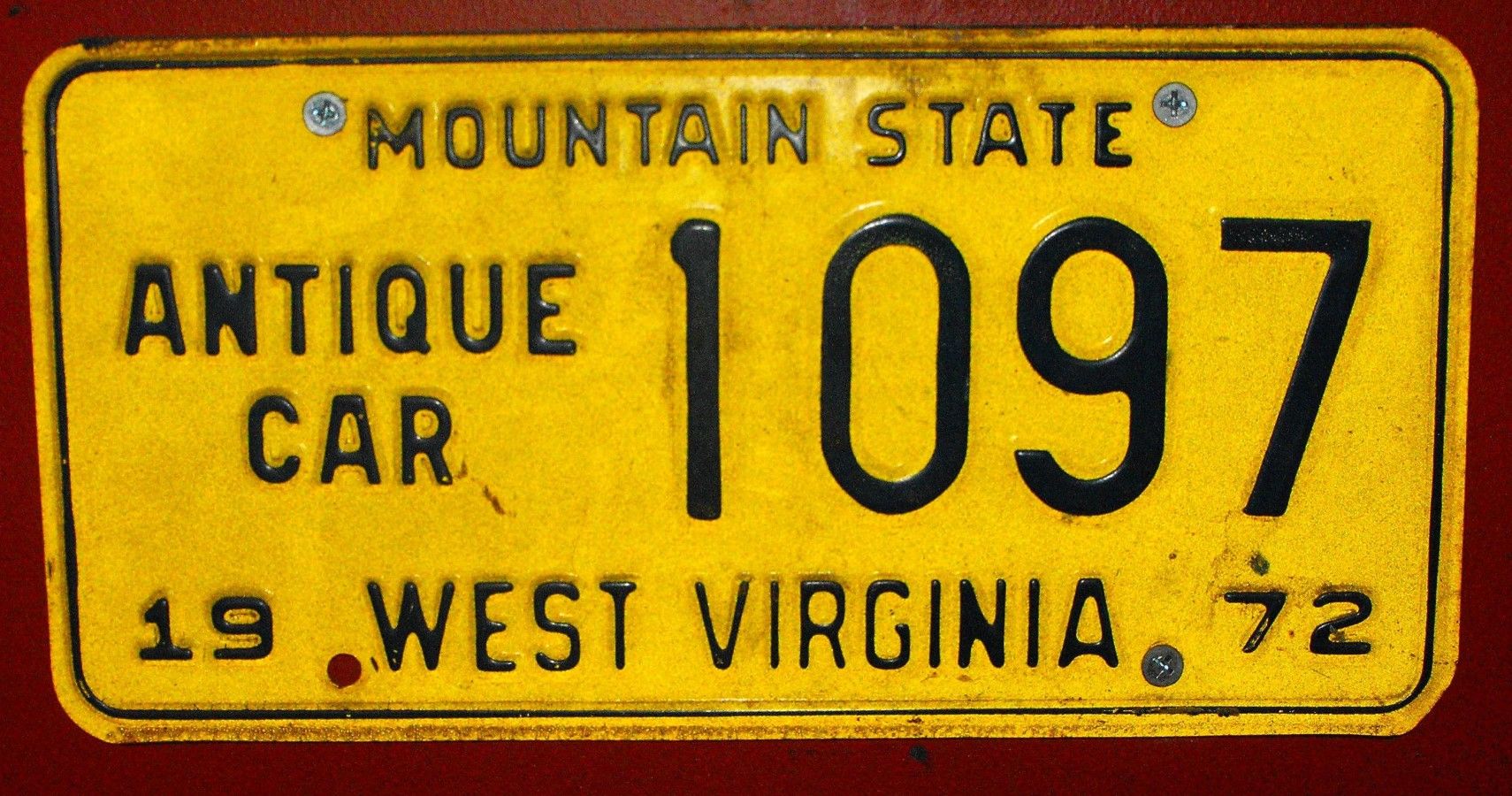
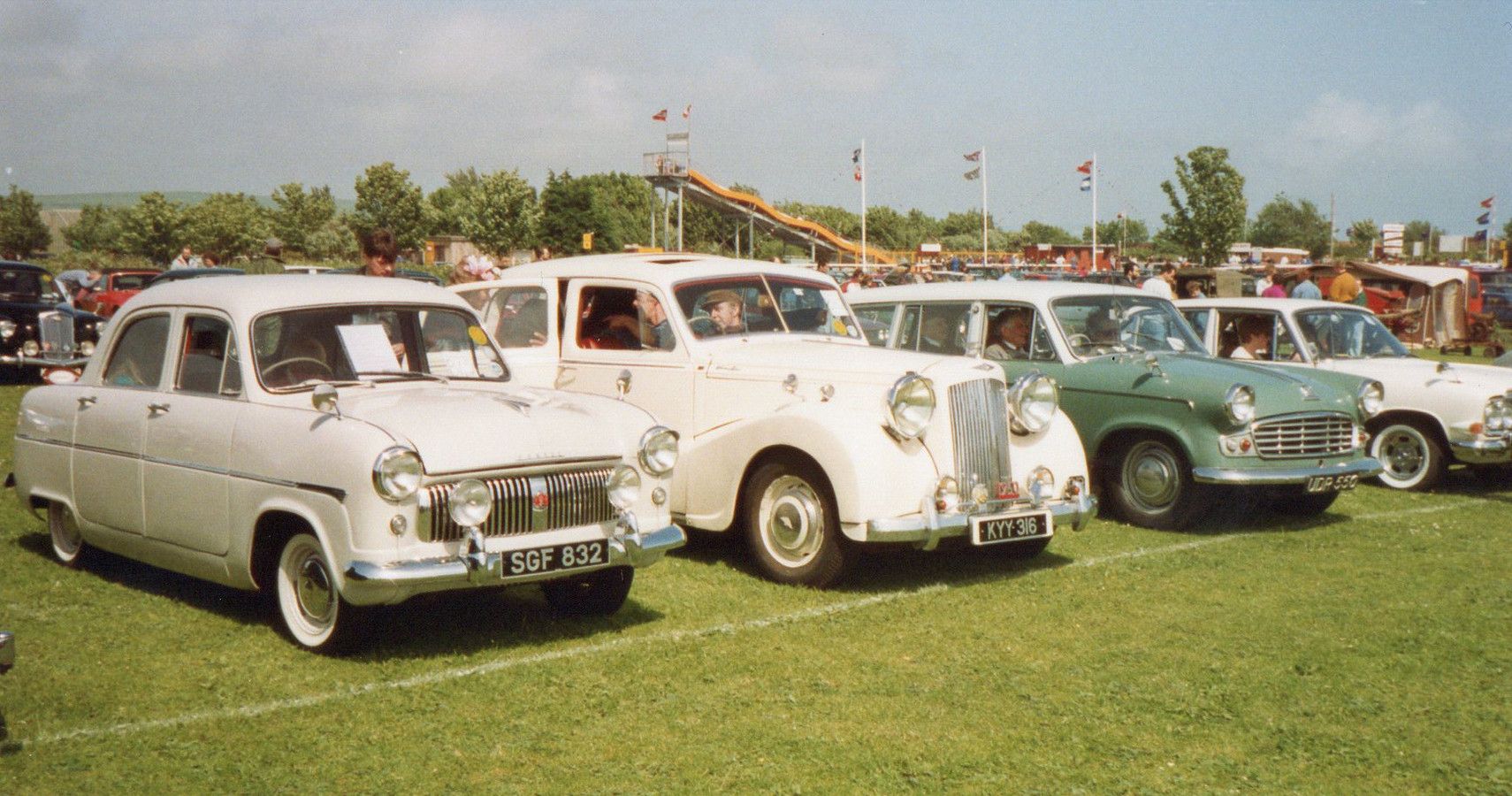
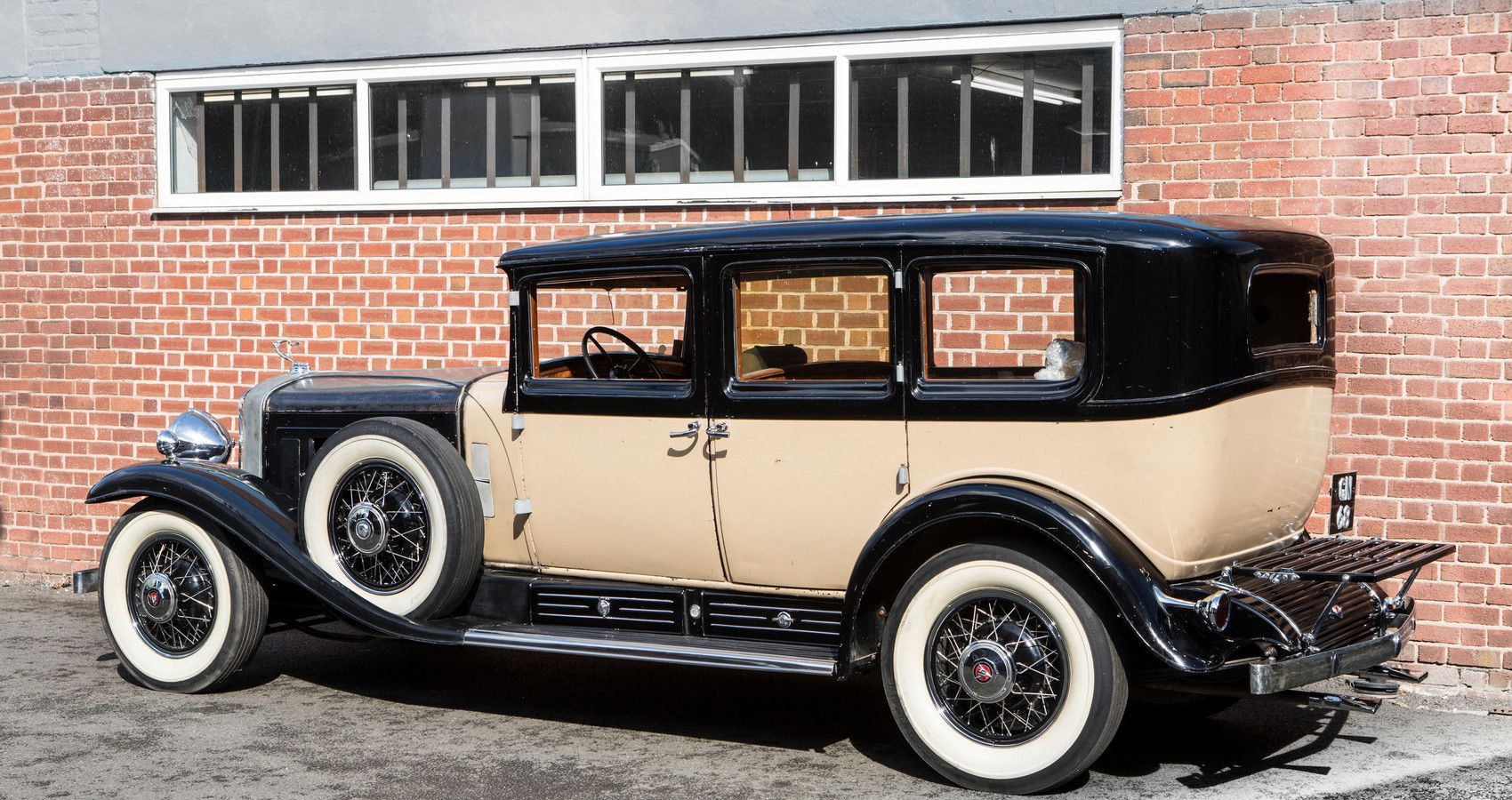

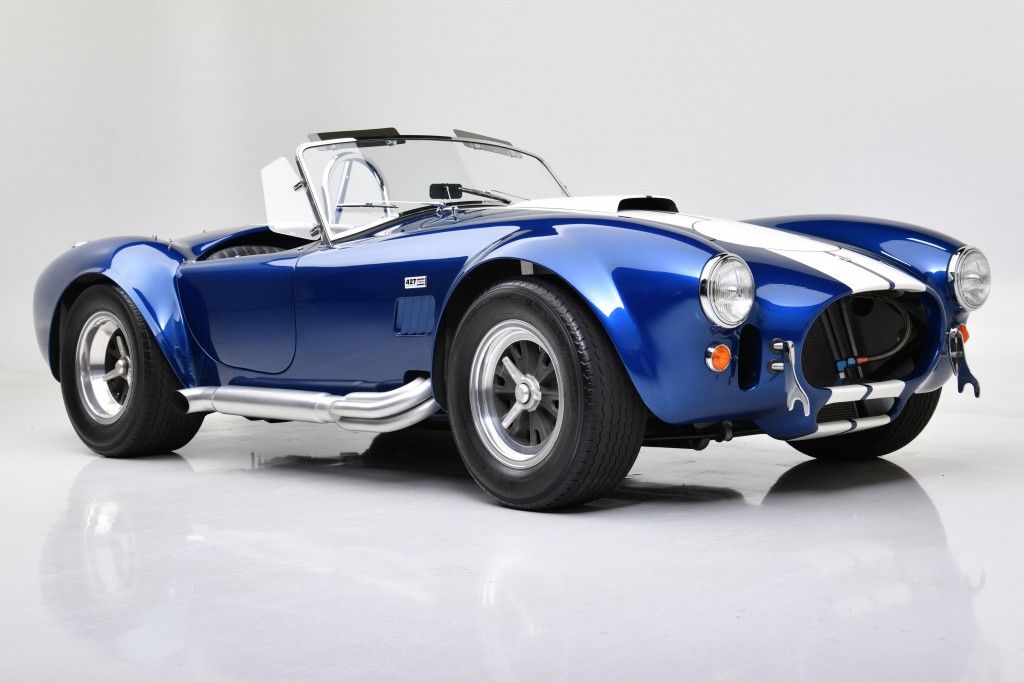
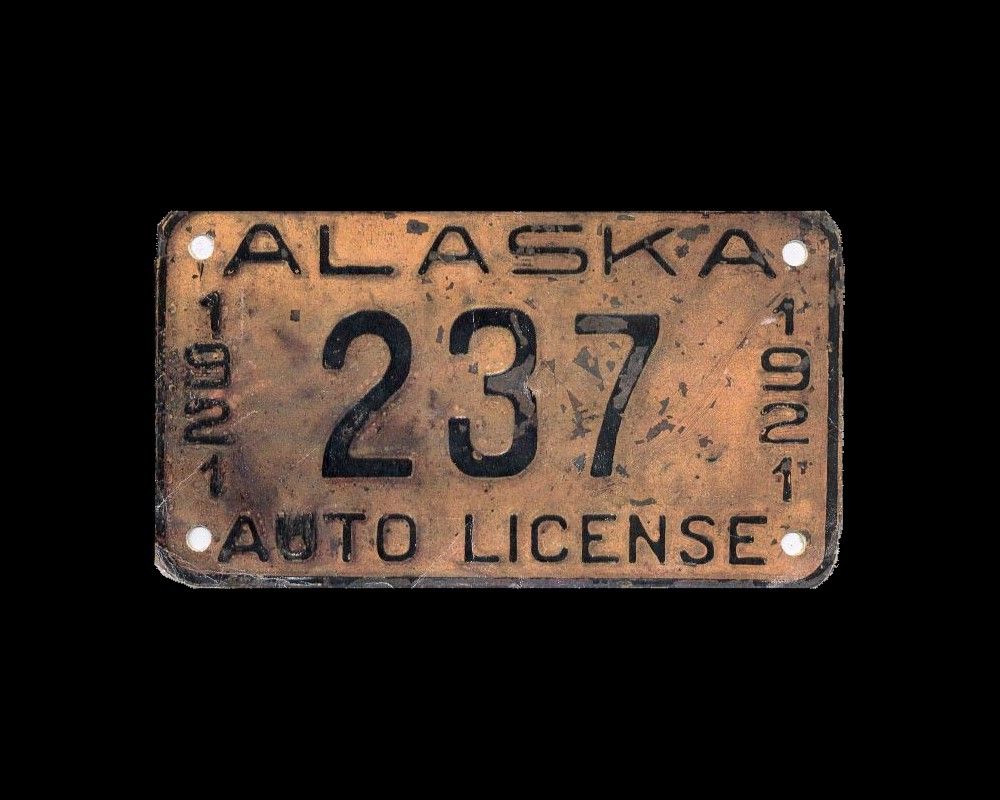
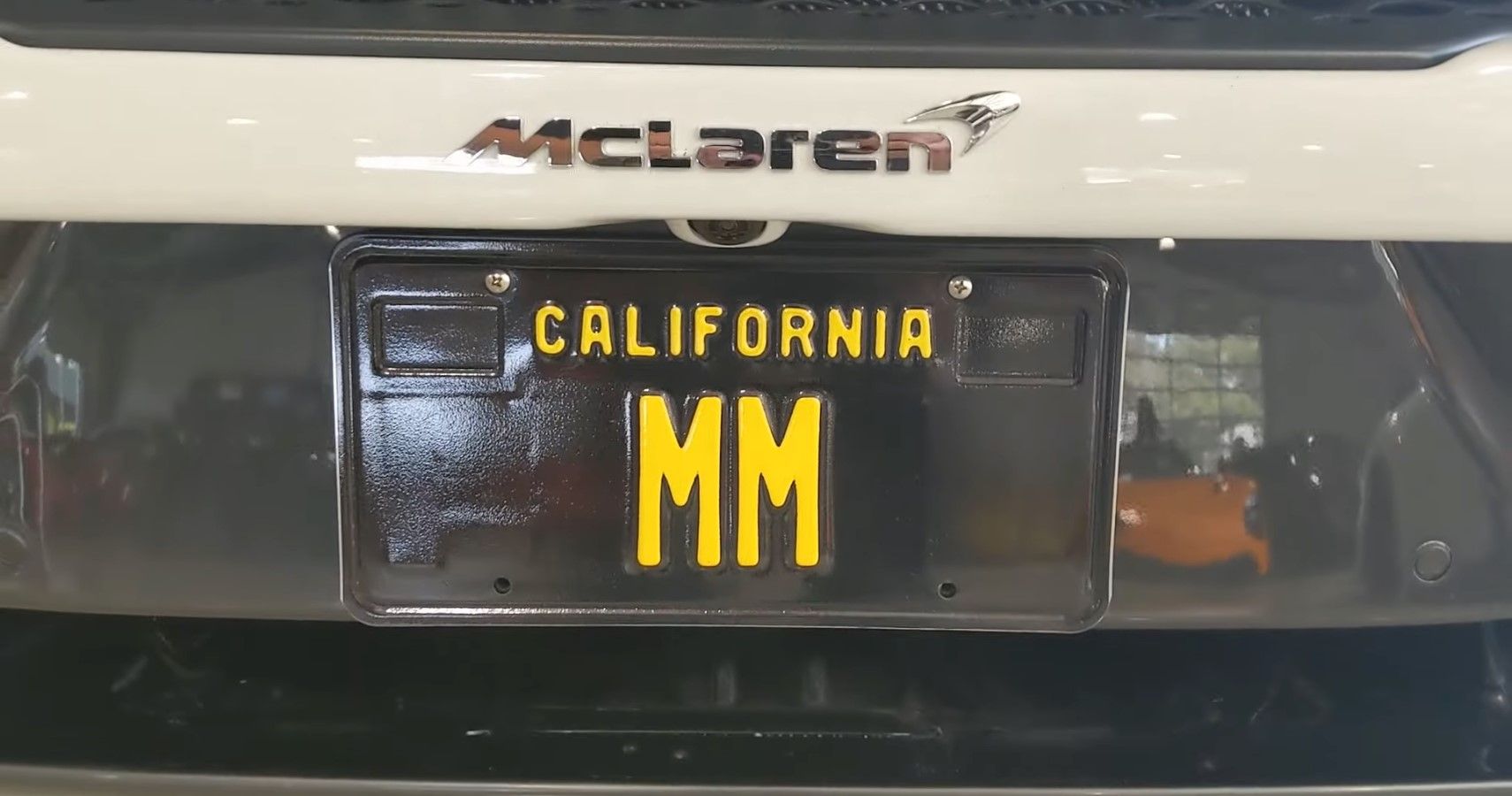
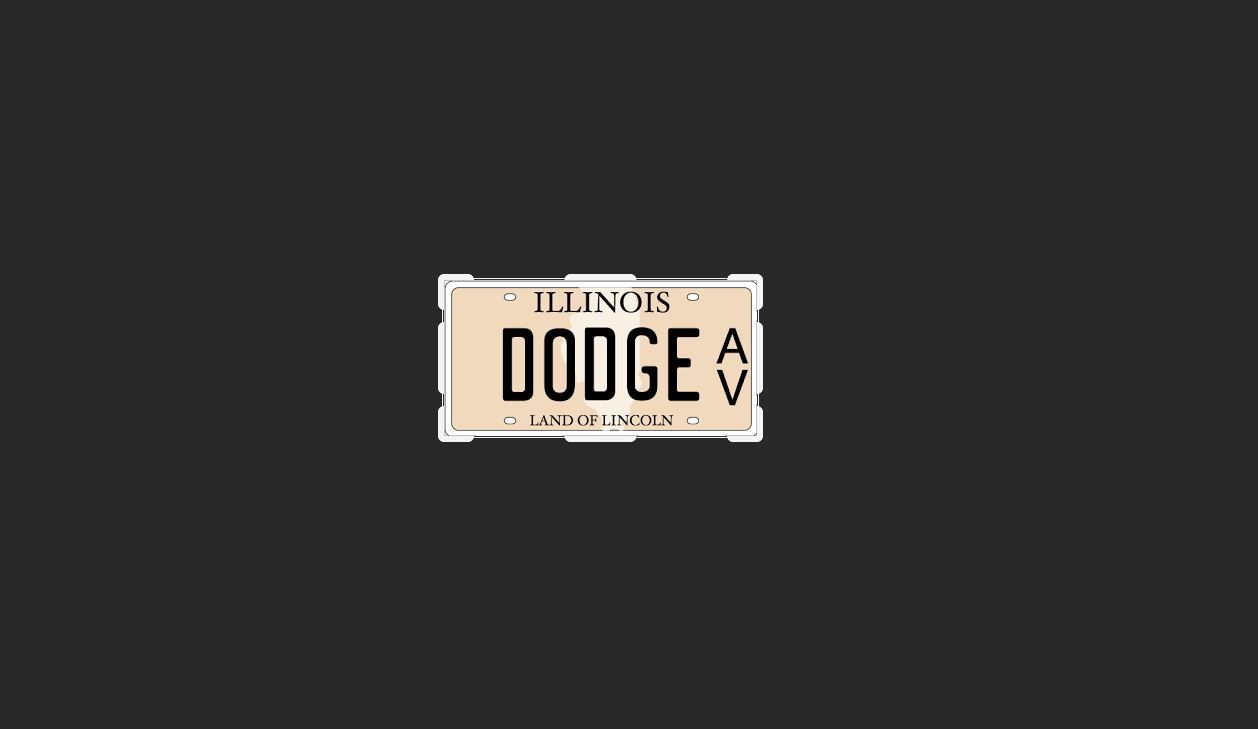
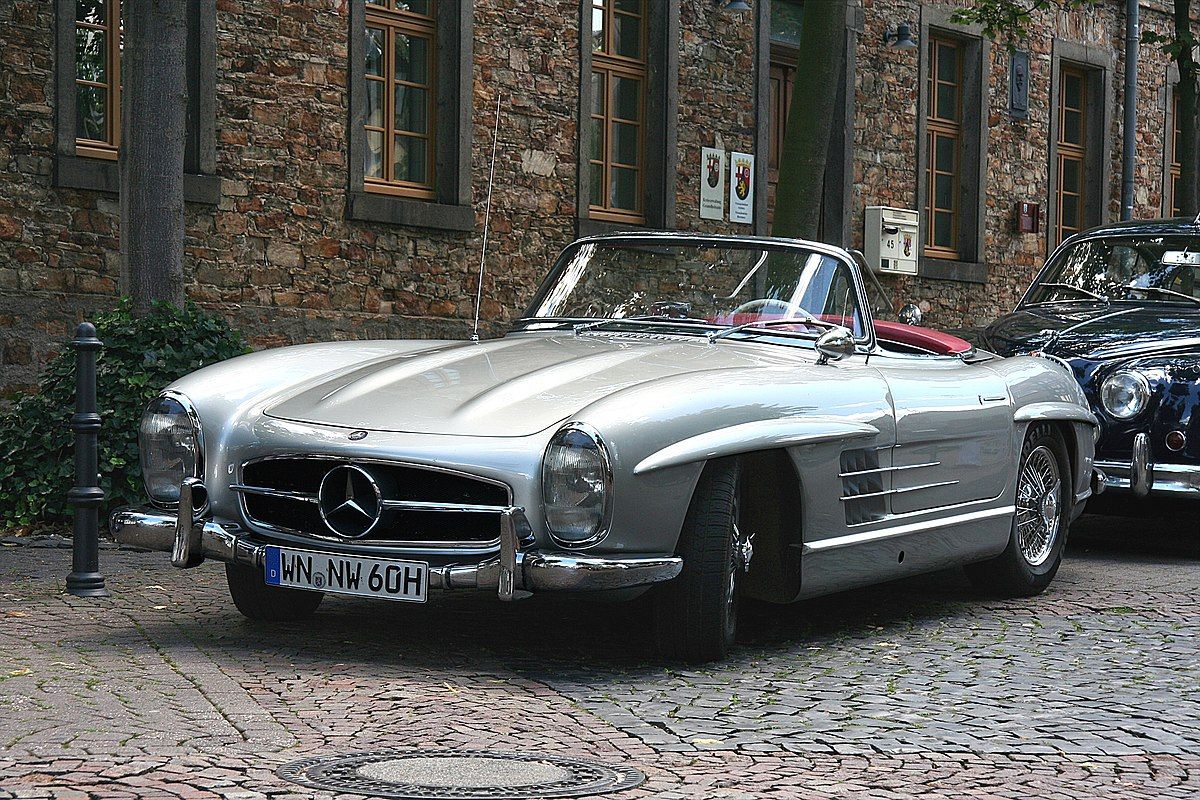
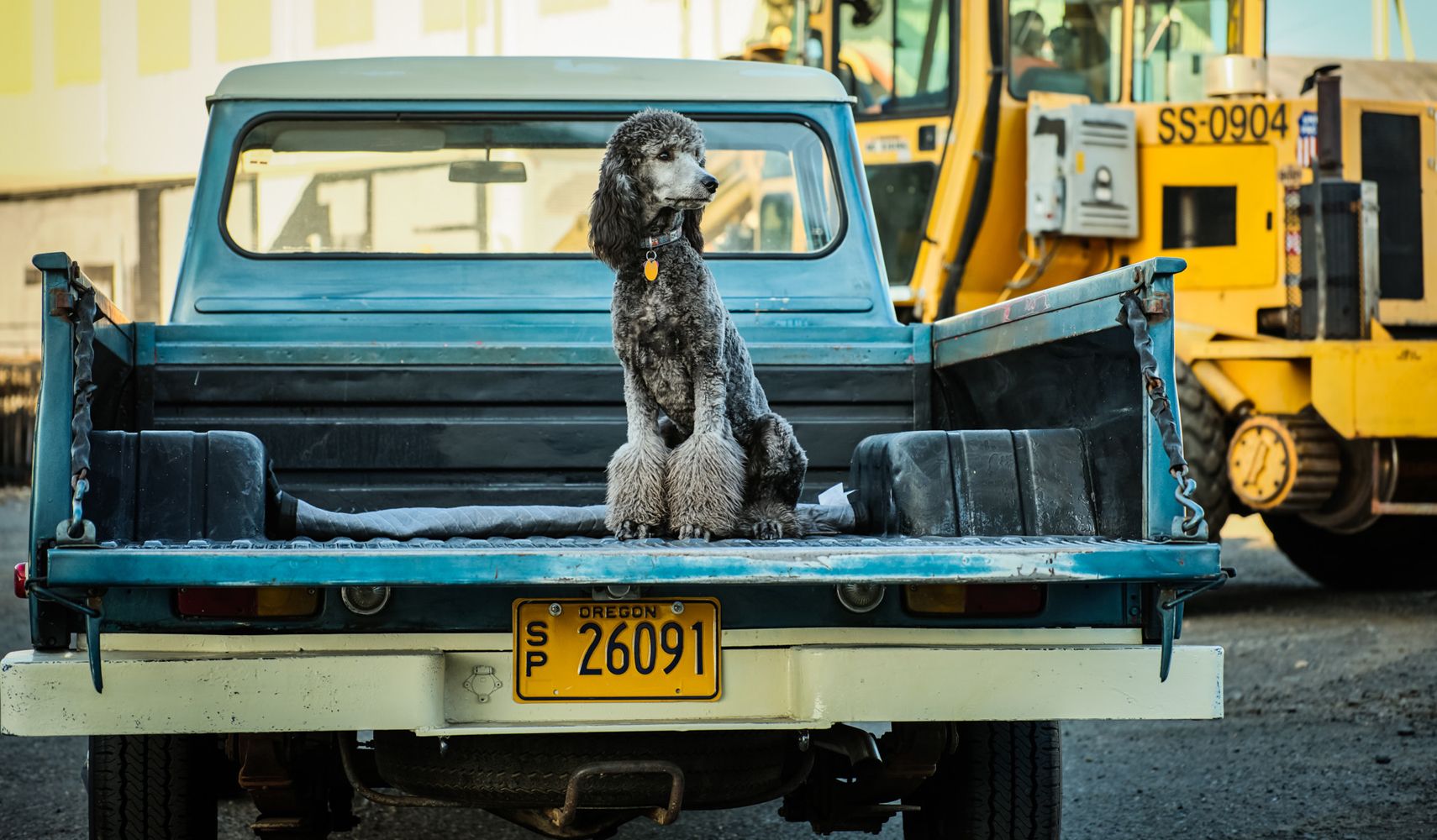
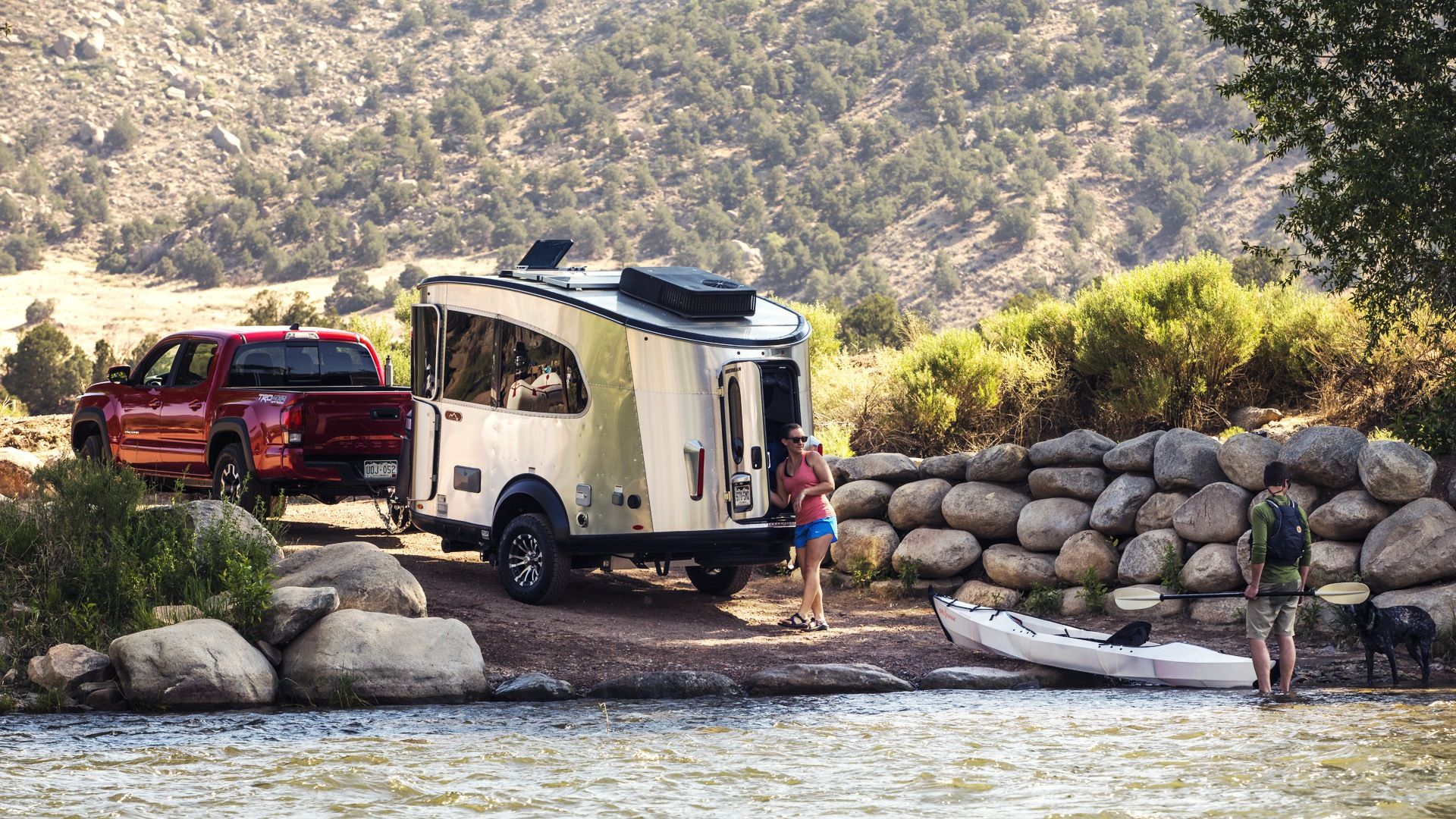
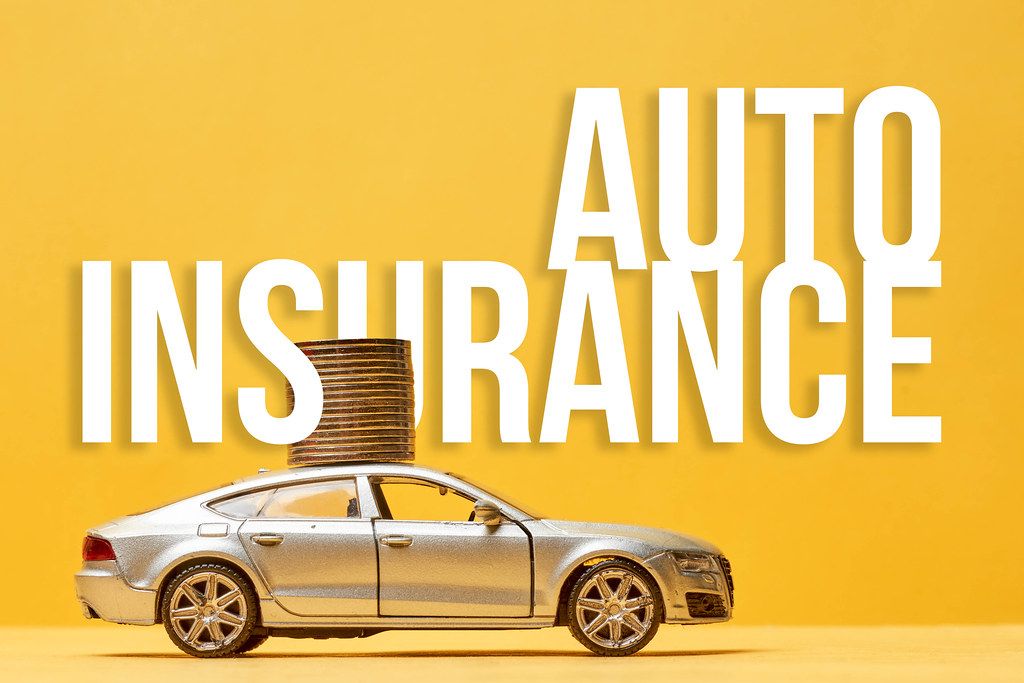
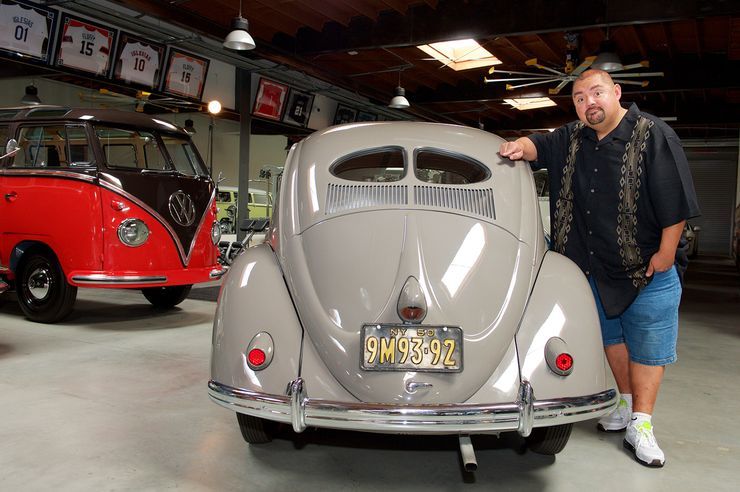
--Exotic-Car-Hacks-1.jpg)